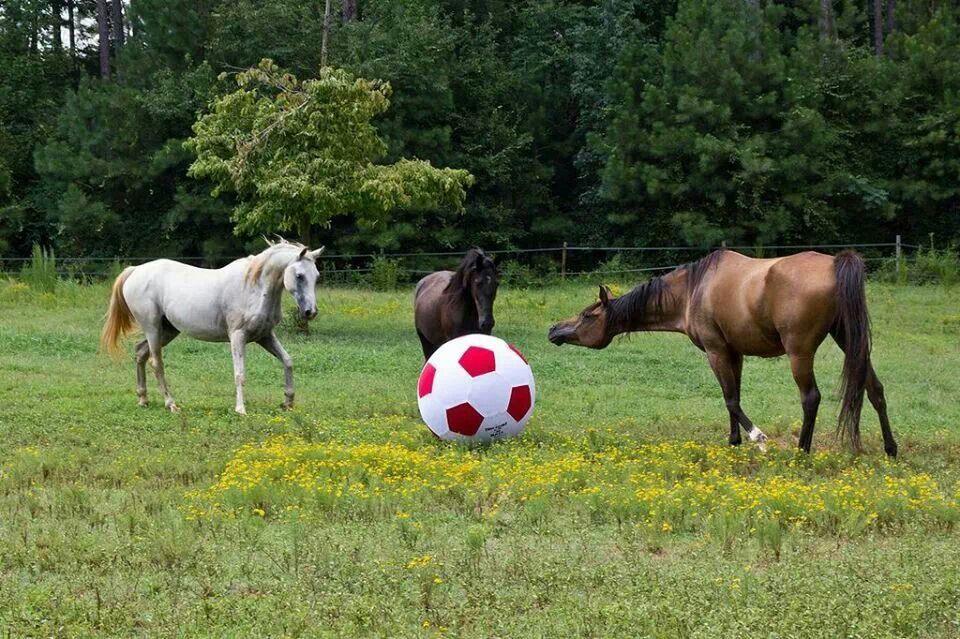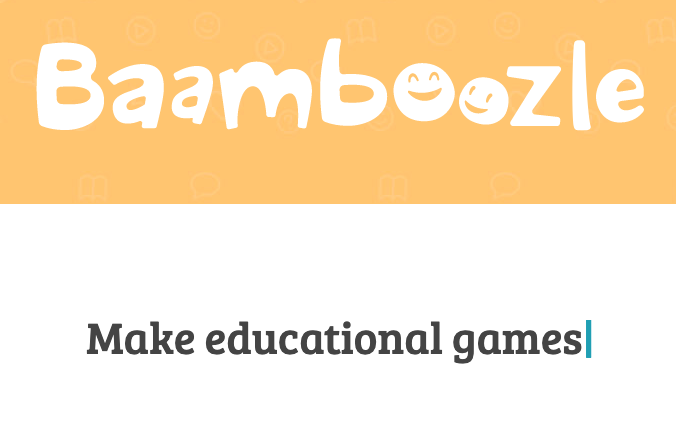Engaging Online Learners through Gamification
CategoriesOk folks, here we are. I haven't taken the time to verify every state and district, but for the most part you can expect to begin the 2020-2021 school year teaching partially or fully online. Let's have a round of grumbles and then get down to planning. To be fair there probably is a faction that prefers this delivery model, and there is likely another faction that's more astute teaching virtually. But many are still feeling imperfect and most are probably hoping to be more prepared than last time. And honestly how could you expect otherwise - that was a shock to everyone.
A few common pain points regarding online teaching are clear:
- Distractions abound
- Engagement is less than optimal
- Follow-up often falls short
If we bind all three together the question becomes "how do we keep our students engaged in learning when we have lost the unifying focus of the classroom environment on which we have relied our entire lives?" I'm most impressed with gamification.

My Mom is not bashful about her abilities as an animal trainer. She began with horses at eleven years old and was perfecting her communication with dogs not long after. Every animal trainer implements a unique style, as does every teacher, because essentially they are the same thing. Mom is pretty forceful, sometimes tyrannical. She lets the horse or dog know that she's the boss, but this is acceptable because the animal's happiness is her ultimate goal and she simply follows the straightest path. One of her most essential tactics is gamification. Her horses play soccer, riders abreast, with a big inflatable ball. They love the game "Touch It" where you ask them to touch an object on the ground with nose or hoof. The dogs play "Touch It" but with added specificity: "touch the wrench", "touch the glove", "touch the shoe" or whatever is around. Many dogs love obstacle courses (this video is halirious BTW), other dogs love Flyball. The game keeps the animal's interest while solidifying learning - in these cases they are learning to listen to and understand the human partner. Using games as a method for engagement is great for kids too. Making learning a fun challenge beats rote memorization and repetition anyday.

Most of you are probably familiar with the online educational game-building site Baamboozle. It's pretty awesome. You can play the games organized in the library on the home page, or you can register for free and start creating games. Here's a helpful video introduction. In order to utilize this tool for remote learning you'll have to start a Zoom session with your students, then screencast the game from your computer. Organize the participants into groups and orchestrate the game precisely as you would in class.
This isn't a revolutionary idea and it's not a game changer by itself. Students are more likely to be involved if competition and reward are involved, but it's the design of the game that maximizes results. Best game design requires an optimal blend of content and inclusion of extrinsic rewards and intrinsic needs to foster best engagement and results. In other words, it takes some effort and creativity to make it fun, interactive, rewarding and effective at once. How can you improve at this (other than trial and error)? We found some good research.
We introduced SSRN in an earlier blog article, and still can not say enough about its utility. When hunting for good research there have traditionally been so many problems, from unreliable information to lack of centrality to limitation of topic. Here's another great paper from SSRN on gamification in online learning:
Fostering Engagement with Gamification: Review of Current Practices on Online Learning Platforms by Hansch, Newman & Schildhauer - 2015
"We examined the relevant literature on gamification in online learning, reviewed ten platforms and conducted four in-depth case studies to better understand both the status quo and the possible directions the field of gamified online learning might be heading." (Hansch, Newman & Schildhauer)
The paper includes overview, findings and quantitative data. Some of the more helpful points include:
- "Gamification takes advantage of a spectrum of motivations by combining extrinsic rewards such as levels, points, and badges to boost engagement while simultaneously aiming to appeal to the intrinsic needs of achieving mastery, autonomy, and a sense of belonging"
- "An additional concept that is discussed frequently in the literature on gamification is Csikszentmihalyi’s (1991) concept of flow. The flow state (also known as being ‘in the zone’) is an optimal state of intrinsic motivation, where people are fully immersed in what they are doing. Achieving this flow state is dependent on finding the ideal balance between the difficulty of a task and the skills required for the activity"
- "Maximizing gamification’s potential in a learning context and integrating it in a meaningful way requires a careful instructional design guided by clear objectives."
- "Structural gamification involves overlaying game elements to an existing structure to propel the learner through content without changing the content itself (e.g. by gaining points for watching a video). By contrast, content gamification entails the application of game thinking from the very beginning in order to alter the content to make it more game-like (e.g. by adding a storyline that leads learners on a journey through the content)."
- "The most common gamification mechanics currently used on the platforms are personal feedback, rewards and progress tracking."
- "We found in our case studies that gamification in online learning can be conceptualized as two dimensions: personal and social. The personal sphere of gamification refers to the individual learner’s experience and comprises game mechanics for personal feedback, progressive rewards (e.g. points and levels) and progress tracking (e.g. progress bars). The social sphere of gamification, on the other hand, describes the part of the online learning experience that is shared with other learners and interactive in nature. Relevant gamification elements used here include the ability to follow each other’s learning progress, upvoting other students’ posts in discussion forums and unlocking special privileges through gaining reputation points in the community."
Conclusion: Embrace gamification as an engagement method for remote learning. Begin by outlining objectives, then organizing content, then developing a game style, then by adding extrinsic rewards, and finally by offering social involvement in the form of student feedback.
We would love to hear from everyone about any successes and struggles you've had with game creation and use in your classroom and we can post it here!